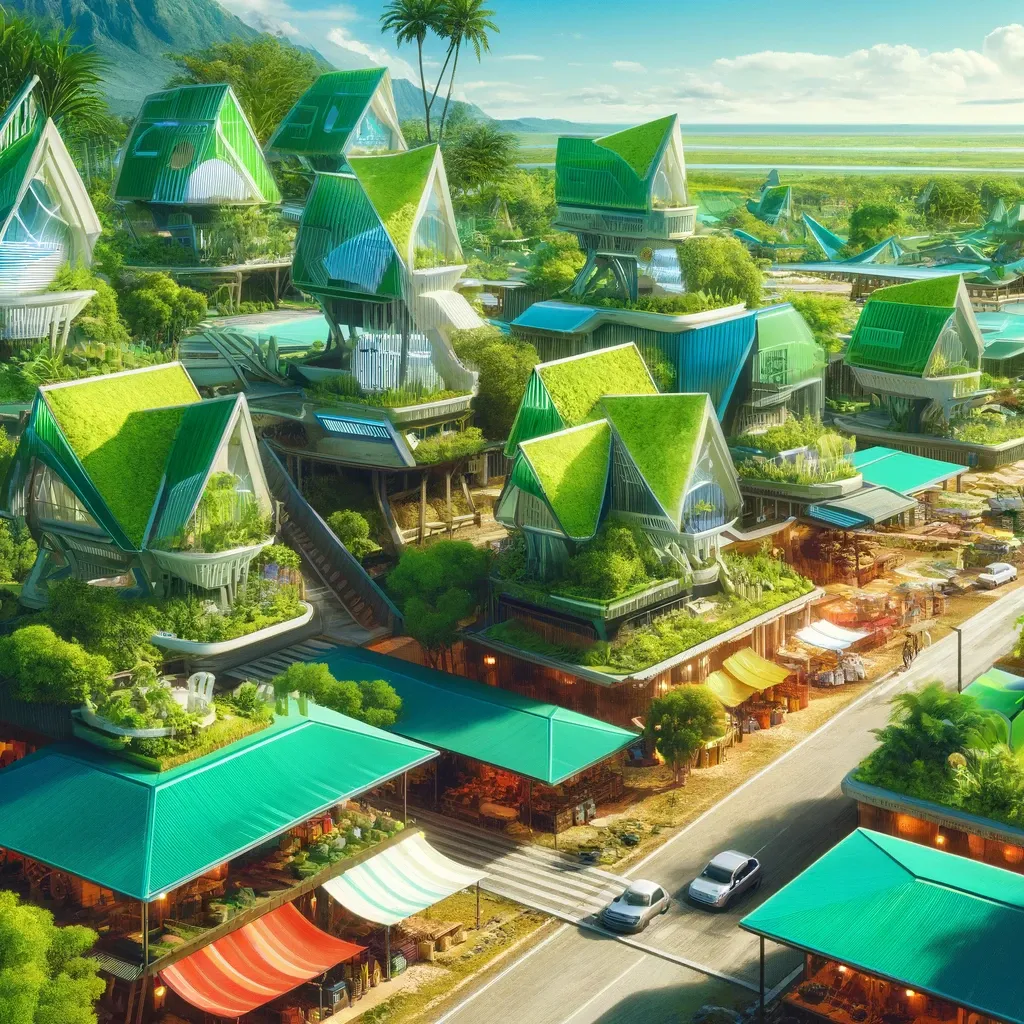Prices are rising: contaminated goods are 40% more expensive.

The European directive on green housing has not yet been adopted (after approval by Parliament, it awaits the final approval from the Council), but it is already influencing the real estate market: prices for new and less polluting homes have risen (+8.9% in 2023), while prices for older residential buildings, which make up more than half of all homes and require significant work to improve energy efficiency, have hardly increased.
Who will pay for these measures? The purchase of homes with high energy consumption is becoming increasingly expensive, and the price difference with older, more polluting homes is rapidly increasing. The goals of the European directive on green housing are set for 2050, which may seem like a distant date, but for the real estate market, it's a short timeframe.
The increase in demand for homes with high energy consumption is dividing the market. On one hand, new homes (those built less than 10 years ago) and recently renovated ones have seen an average price increase of 8.9% in 2023; on the other hand, older and less energy-efficient homes have barely increased in price (+0.3%). It is worth noting that more than half of the residential properties in Italy are in the lowest energy classes, F and G. This gap has existed for a long time but continues to widen. From 2010 to the end of 2023, existing homes have lost 8.8% of their value, while newly built ones have increased by 24.4%.
On average, taking a 100 square meter apartment as an example, the greenest homes, which recently cost about 20% more, now cost between 25% and 40% more than energy-consuming ones. The gap is widening. InMilan, it stands at 38% (but in some prestigious areas, it's much higher). InRome, it's an average of 32%. In major cities, it rarely drops below 30%. This means tens and hundreds of thousands of euros more.
Many banks have already diversified their mortgage offerings based on energy efficiency ratings: the most polluted homes are unlikely to increase in value, which leads to worse lending conditions. Several banks offer so-called "green mortgages" for energy classes A and B (some also for C): according to a report by Facile.it, the best interest rate can be as low as 2.68%, while for lower classes it does not drop below 3%: that is, a difference of more than 10%.
Comment
Popular Posts
Popular Offers

Subscribe to the newsletter from Hatamatata.com!
Subscribe to the newsletter from Hatamatata.com!
I agree to the processing of personal data and confidentiality rules of Hatamatata














